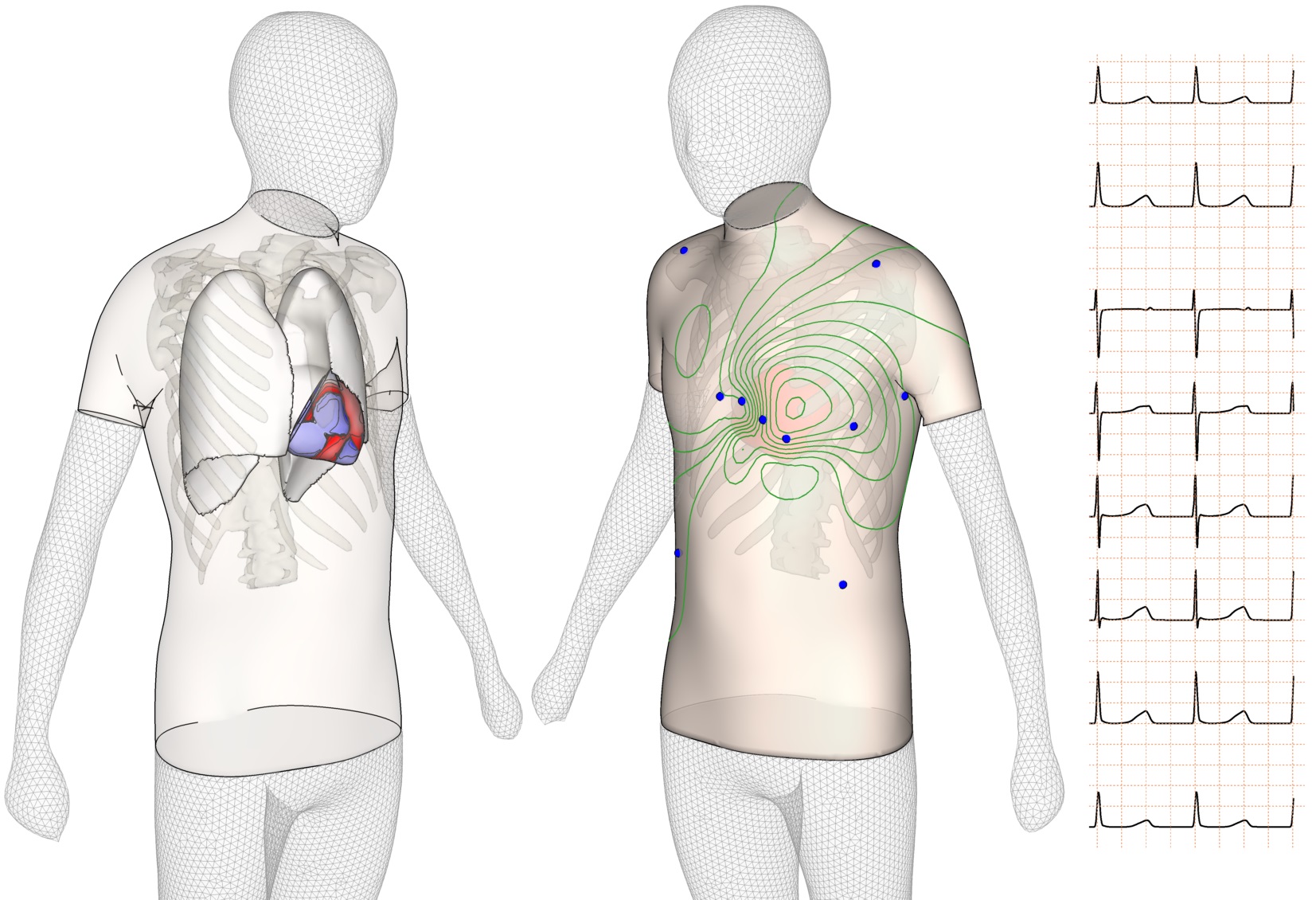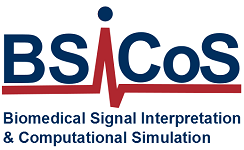23 Jan, 2023
A line of research that seeks innovative solutions based on the analysis of data collected routinely in patients with cardiomyopathies and infarction
Professionals from the Arrhythmia Unit of the Cardiology Service of the Hospital Clínico Universitario Lozano Blesa, led by Javier Ramos Maqueda, and from the BSICOS research group, led by Esther Pueyo Paules and Ana Mincholé Lapuente, launch a research project to create digital twins of the heart in patients with cardiomyopathies and heart attacks.
A cardiac digital twin is a virtual replica of a patient’s heart that is digitally constructed from high-resolution electrocardiogram signals, magnetic resonance imaging, or electroanatomical maps of patients who have undergone surgery for an arrhythmia.
The objective of this project is the construction of specific digital twins of the human heart for patients with hereditary heart diseases or for patients who have suffered a heart attack. The computer simulations carried out will make it possible to identify risk markers for sudden death when transferred to the rest of the patients suffering from these heart diseases.
From the BSiCoS research group, “what we will do is collect the images and signals that they have obtained in the hospital and we will integrate them into our mathematical models, which will allow us to simulate what the heart’s activity is like on a computer, that is, let’s to have a virtual replica of each of those patients who are being treated at the Clinic”, explains the researcher Esther Pueyo.
In these virtual replicas, “we will be able to identify those patients who are more likely to suffer from arrhythmias and optimize their treatments and therapies,” adds Ana Mincholé.
Application scenarios
These digital twins can be applied in two clinical practice scenarios:
- To optimize new approaches in cardiac resynchronization therapy through the conduction system (left bundle branch pacing) in patients with heart failure, with the aim of improving the quality of life of patients, reducing cardiac mortality and, at the same time, the healthcare costs of their treatment.
- To improve the selection of patients who, after a myocardial infarction or with hereditary cardiomyopathy, must have a defibrillator implanted since they are at risk of malignant ventricular arrhythmias and therefore sudden cardiac death. The idea is to find risk markers that allow devices to be implanted in patients who are not currently implanted and also to find predictive factors that allow defibrillator implantation to be avoided in patients who do not need it.
Since myocardial infarction is the leading cause of sudden cardiac death in patients over 40 years of age and hereditary cardiomyopathies are the leading cause of sudden cardiac death in patients under 40 years of age, the results of this research project could have a great scientific, social and economic impact.
It is about proposing and developing innovative digital solutions, driven by the analysis of data collected routinely in clinical practice. The expected achievements will be possible thanks to the multi and transdisciplinary interaction between experts in engineering, mathematics, biology, physiology and cardiology, who make up a research team in which they have been working together on several lines of research in relation to cardiac arrhythmias since the year 2021.
To develop this project, this team has received an important public funding grant through the 2021 competitive funding call: Strategic projects oriented towards the digital transition, from the State Scientific Research Plan, within the framework of the Recovery, Transformation Plan and Resilience funded by the European Union.


